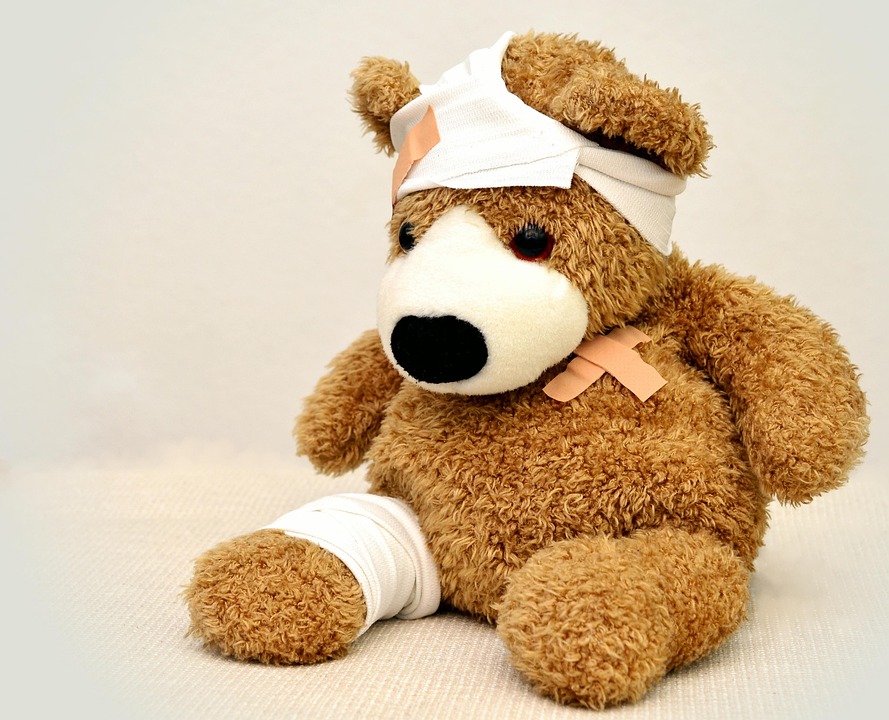“Treating a child is not the same as treating an adult” – Interview with Dr. Ciprian Deaconescu
In the field of orthopedics and traumatology, children are not simply “miniature adults.” Dr. Ciprian Deaconescu, orthopedic specialist at the Dolomiti Sportclinic, explains why. With many years of experience treating musculoskeletal injuries and conditions in patients of all ages, he shares the unique aspects of pediatric orthopedics and trauma care in this interview.

Dr. Deaconescu, why is it important to treat children differently from adults?
It’s crucial, because a child’s musculoskeletal system is constantly developing. Treating a child is definitely not the same as treating an adult – it requires specific expertise, great care, and a tailored approach depending on the stage of growth.
Which developmental stages are particularly relevant from an orthopedic perspective?
We distinguish three main phases:
- Neonatal phase – This is mainly the domain of neonatologists, who identify potential congenital malformations or genetic defects.
- Early childhood – When the child starts walking. This is when conditions like in-toeing, flat feet, high arches, or knock knees may appear. An orthopedic assessment can help determine if treatment, such as insoles, is needed.
- Adolescence – We focus on posture and the spine. Parents should observe whether their child walks unevenly or wears out shoes irregularly. Poor posture that goes untreated can worsen over time and cause problems in adulthood.
Children get hurt often. What types of injuries do you treat most frequently?
Traumatic injuries are very common in children. In summer, we often see football and cycling accidents. In winter, ski accidents dominate – such as fractures, ligament injuries, or lacerations.
How do you handle these cases at the clinic?
At the Dolomiti Sportclinic, we aim to minimize waiting times and have the child seen by a doctor as quickly as possible. We have all the diagnostic tools needed for an accurate assessment. Fortunately, many injuries in children can be treated conservatively – with braces or casts, for example. However, surgery is required in some cases.
Is it true that children heal faster than adults?
Yes, children generally have an extraordinary healing capacity. But for that very reason, it’s essential to make an accurate diagnosis from the beginning – a mistake or delay can lead to permanent damage or growth problems.
And what about the parents? How do they experience these situations?
For parents, seeing their child injured or traumatized is always stressful. That’s why, in addition to medical expertise, a great deal of sensitivity is required. Treating a child also means involving the family – informing and reassuring them.
At the Dolomiti Sportclinic, we know: Every age deserves the right care.
Many thanks to Dr. Ciprian Deaconescu for this insight into the special world of pediatric orthopedics.



